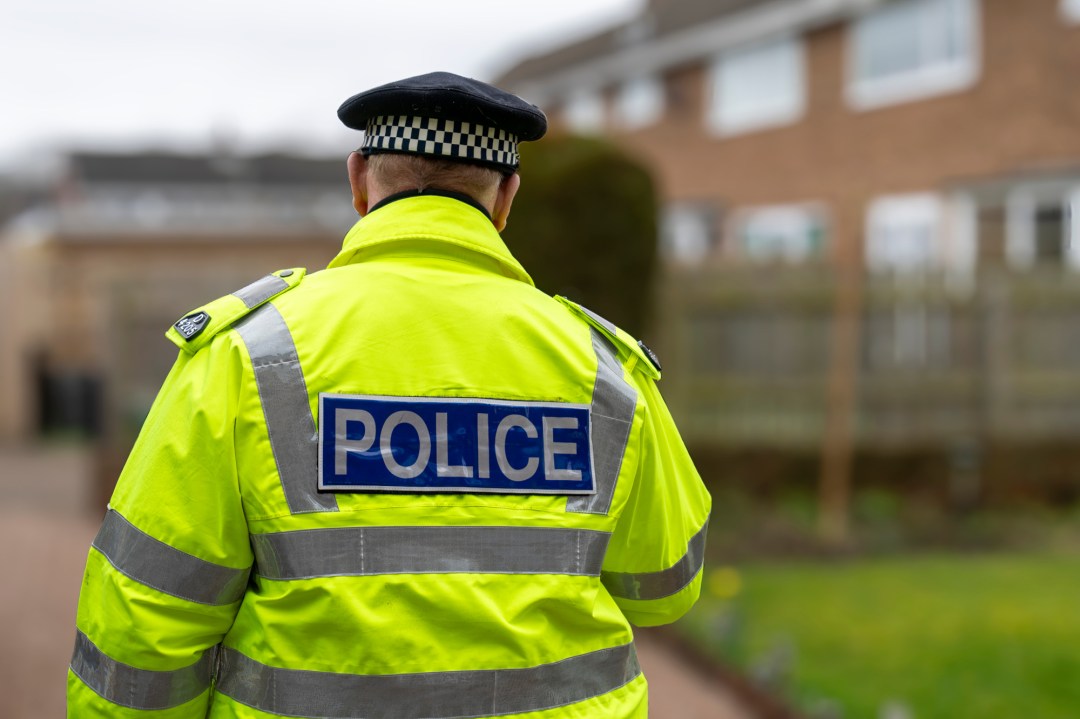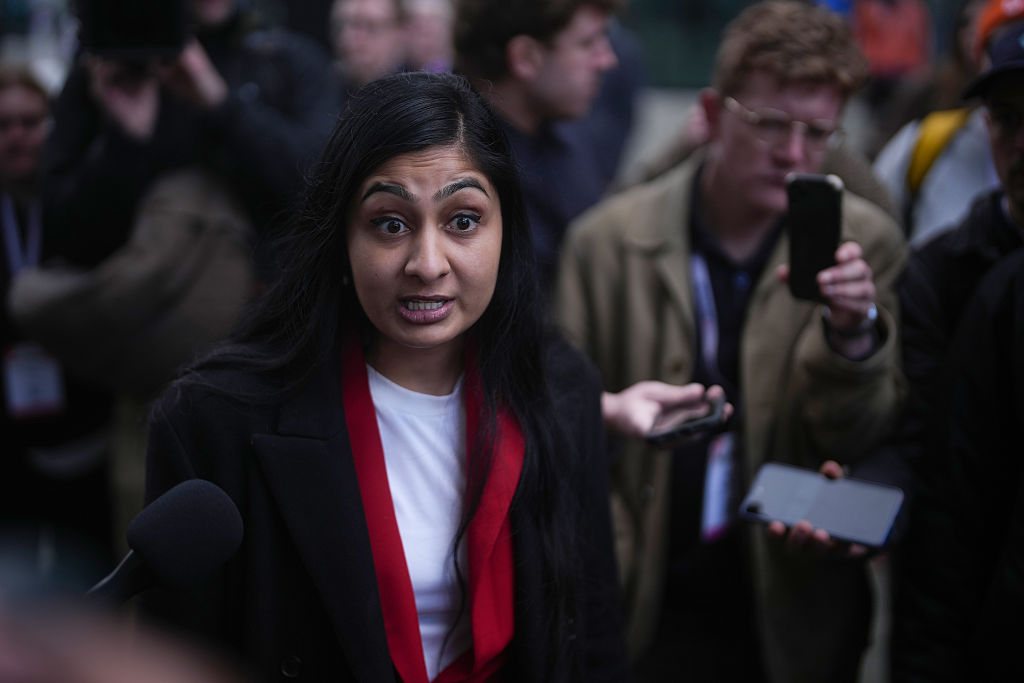Displays of sheer physical bravery are always impressive. Having been in precisely one real fight in my life, I enormously admire those who put their lives on their line for the rest of us every day, so I almost found myself applauding when I saw last week the police bodycam footage of Inspector Molloy Campbell taking on the drug-crazed sword-wielding murderer Marcus Monzo. Armed only with his extendable baton, Campbell kept Monzo at bay, before other officers eventually subdue him with tasers.
The ‘long peace’ of low crime enjoyed by Britain from the last decades of the nineteenth century to around the middle of the twentieth, is well and truly over
Nevertheless, admiration was not my only reaction to that video. It also occurred to me that the situation could have been resolved much more quickly if Campbell and his colleagues were routinely equipped with guns, like the vast majority of police worldwide. Of European countries, only Iceland, Norway and Ireland have unarmed police forces, although there are places, such as France, where certain tiers of law enforcement are sometimes unarmed, at the discretion of local authorities (it is perhaps relevant that Iceland, Norway and Ireland are sparsely populated and between them have a lower population than the London metropolitan area).
Monzo had committed two assaults, one of them lethal, before the police arrived on the scene. Constables with guns would not have made a difference to the outcome of those incidents. But four additional people were attacked after the arrival of the police; two police officers and a married couple, whose home he broke into after fighting off initial attempts to detain him. Obviously, no one can say for certain how things might have gone with police able to use firearms to incapacitate Mr Monzo, rather than fiddling around with batons, pepper sprays and tasers, but it doesn’t seem wildly speculative to think that the situation might have been resolved in a more satisfactory way.
Guns are not a panacea. Sceptics will point, reasonably enough, to surveys suggesting that large numbers of serving police officers would be reluctant to carry firearms. They might note also that such a step could be counter-productive, as criminals increase their own firepower in response. Plausibly we could see a rise in wrongful shootings, which are vanishingly rare in Britain. Some on the right argue that given the current problems within our police forces, it would be highly unwise to give them more power to intimidate the public.
All of these points need to be considered carefully. There is, though, one particular objection that I don’t find at all persuasive: what you might call the nostalgic argument. This line of thought harks back to a great British tradition of unarmed policing, which sets us apart from the rest of the world. This is not Napoleonic France or Prussia, where armed gendarmeries do the bidding of a centralised and oppressive state. Here the police operate by consent, not force; they are citizens in uniform, happy to give directions to the park or search for a lost dog, and maybe even do a bit of light traffic-directing now and again.
The position harks back to Peel and his original nine principles, which were intended to cement law and order while respecting Britain’s tradition of personal liberty. And it is undoubtedly a very attractive vision, genuinely grounded in the historical reality of Britain as an unusually peaceful, law-abiding and well-policed country. Unfortunately, however, things have changed. This is reflected in the look of police officers. I’m old enough now that I can remember when coppers on duty wore woolly jumpers and ties, and carried the equipment they needed on a single belt, rather than being weighed down by military-style webbing creaking with all manner of paraphernalia.
The ‘long peace’ of low crime enjoyed by Britain from the last decades of the nineteenth century to around the middle of the twentieth, is well and truly over. In 1951, the last year before the accession of Queen Elizabeth II, there were 214 robberies in the entire Metropolitan Police area, which then contained around eight million people. In the year after her death, 2023, the Met recorded over 30,000 robberies – for a population that had only risen by a million or so people overall since 1951. Almost all forms of violent crime are massively higher than they were 60 or 70 years ago, even if they have declined somewhat from their modern peak in the 1990s. The murder rate has increased by 50 per cent since 1960, and the vast improvements in trauma medicine in the last half century mask, to some extent, the increase in would-be murderous assaults. There is an ongoing, if seemingly diminished, threat from rampage terror attacks, and for various reasons there are a lot more unstable or mentally ill people roaming the streets of our big cities, and their rare but potentially horrific outbursts of violence can be hard for police to subdue using their current equipment.
There is no irrefutable argument for giving the police firearms. For all our problems, Britain does remain peaceful by global standards. Perhaps it would be a very bad idea to put guns in the hands of our current arrogant politicised forces, thus enabling more effective intimidation of people who criticise the leadership of their local school or say they’re not too keen on Islam or want to pray quietly near an abortion clinic. But the British social fabric is deteriorating – we cannot be complacent about the serious challenges that the forces of law and order might face in coming decades.
Even if we don’t want to let the current breed of hatchet-faced commissars have pistols, we must not rule out arming reformed and renewed British police forces. The Monzo incident is far from the only occasion in recent years when a dangerous threat to the public could have been subdued far more quickly and safely, if the first police responders had their own guns.








Comments